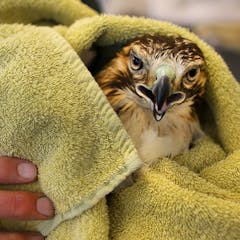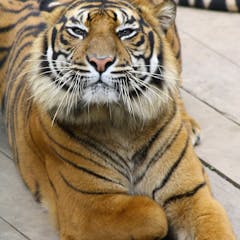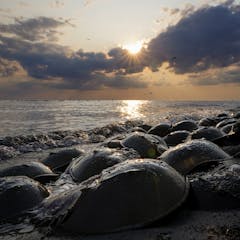
Articles on Wildlife conservation
Displaying 1 - 20 of 524 articles

Overall, coastal habitat restoration greatly increases animal numbers and diversity. But not all projects deliver the goods and we need to find out why.

New research shows increased rainfall due to climate change is threatening the birds’ food supply.

Africa’s great wildebeest migrations are being disrupted by roads, cities and agriculture.

New research suggests if we can’t eradicate cane toads, we can teach wildlife not to eat them.

Conservation strategies should promote equitable benefits across communities.

Conservation of biodiversity is in the hands of humans but artificial intelligence can help guide decisions.

Pangolins are among the most trafficked and poached mammals in the world.

An expert on why spiders are misunderstood and their fascinating survival strategies.

The Marsupial Microbiome Poop Troop collects the droppings of wild marsupials to help save the lives of orphaned joeys.

Why Arne Næss’s ideas of ‘deep ecology’ can help us live with wolves.

Feral hogs are one of the most destructive invasive species in North America, harming land, crops and wildlife.

Migrating birds need stopover locations en route where they can rest and feed. A new study shows that artificial light draws them away from sites they would normally use and into risky zones.

Research shows providing food for birds not only stops them going hungry, it may help them fight off infection too.

My team studied bluefin tuna otoliths to learn why some populations are recovering faster than others.

Hundreds of wildlife rehabilitation centers across the US and Canada treat sick and injured animals and birds. Digitizing their records is yielding valuable data on human-wildlife encounters.

And a recent history of wildcat hybridisation.

When wild animals survive the initial trauma, blood loss and infection risk without medical help, it’s astonishing that they can adapt to life with three limbs.

Like humans, seabirds seem less likely to part ways when they have relationships built on similar personalities.

Horseshoe crabs play a unique role in medicine, but they’re also ecologically important in their home waters along the Atlantic coast. Can regulators balance the needs of humans and nature?

The Nyanga rinkhals can tell us about our own evolution.
